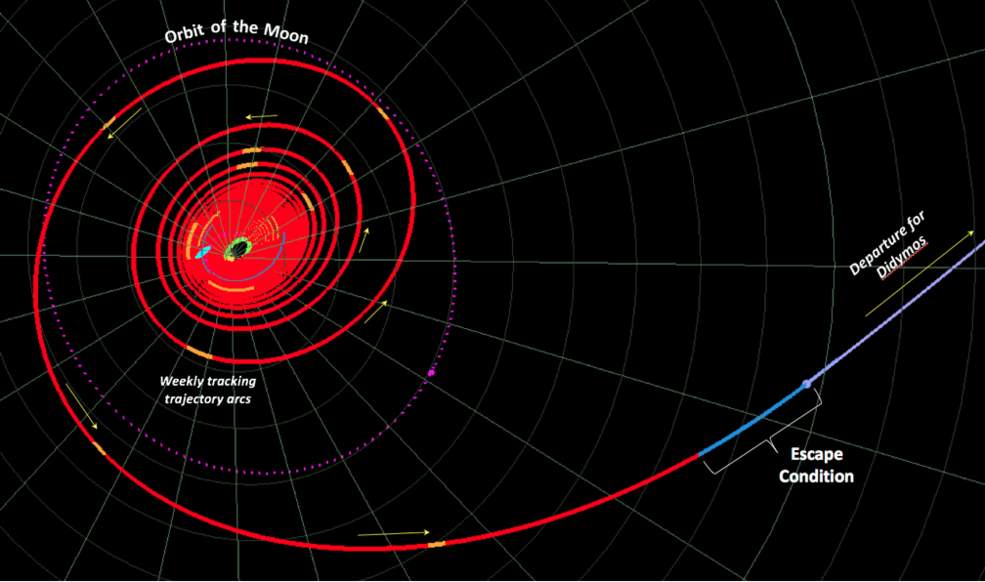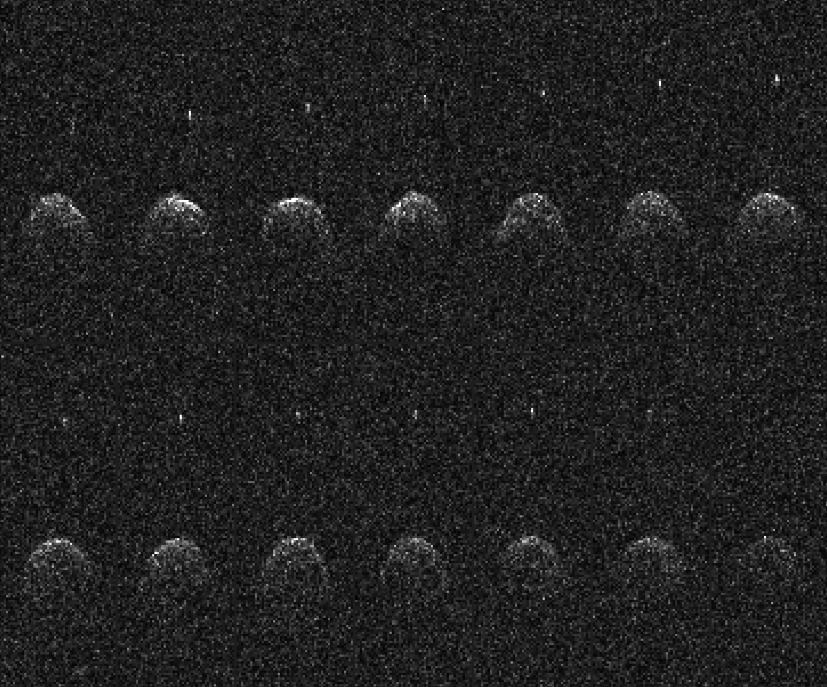
Experts estimate that Earth gets bombarded with thousands of pieces of cosmic debris each year. While most burn up in the atmosphere, a few hundred survive and hit the planet's surface annually. While the impact of the space rocks, which come hurtling down at rapid speeds, has thus far been minimal, the possibility of an asteroid landing in a densely populated area and causing severe damage cannot be ignored.
To protect our planet and its inhabitants, since 2016, NASA has been trying to come up with a way to deflect errant asteroids heading towards Earth. On February 13, 2019, the US space agency, in collaboration with scientists from the Johns Hopkins University Applied Physics Laboratory, announced it was ready to test mankind's first-ever planetary defense system.

In 2021, the Double Asteroid Redirection Test, or DART, spacecraft will begin its journey towards asteroid Didymos. It will rendezvous with the space rock in 2022, when Didymos comes to within 7 million miles (11 million kilometers) of Earth. However, DART's target is not the 800-meter-wide asteroid, but its smaller 150-meter-diameter moonlet, Didymos B. According to the scientists, the spacecraft will use its onboard camera and sophisticated autonomous navigation software to deliberately crash into the center of the moonlet at a speed of approximately 6 km/s (3.7 miles/s). If everything goes according to plan, the collision will alter the speed of Didymos B's orbit around Didymos, by a fraction of a percent. Though small, it will be enough for researchers to observe the change through powerful ground telescopes and determine the mission's success.

The researchers selected the binary asteroid system because observing a change in the orbits of two space rocks is much easier than that of a single asteroid. Additionally, scientists are very familiar with the Didymos system and will have several more opportunities to get further acquainted with the space rocks before 2022. Most importantly, Didymos has the physical properties of a large number of objects classified by NASA as Potentially Hazardous Asteroids (PHA).
To gather data unavailable from the ground, the DART mission will be followed by the European Space Agency's (ESA) Hera mission in 2026. Hera will be the first spacecraft to explore a binary asteroid system and the first to visit a space rock as small as Didymos B, which is about the size of the Great Pyramid of Giza.

Hera mission manager Ian Carnelli said, "Such a binary asteroid system is the perfect testbed for a planetary defense experiment but is also an entirely new environment for asteroid investigations. Although binaries make up 15 percent of all known asteroids, they have never been explored before, and we anticipate many surprises."
The information gathered by both DART and Hera will be vital to designing future missions and finding the most effective solution to protect our planet against asteroid crashes.
Resources: dart.jhuapl.edu, NASA.gov/planetarydefense/dart
